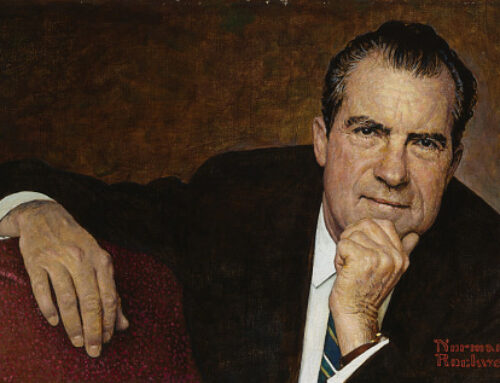Reliance Power Limited is part of the Reliance Anil Dhirubhai Ambani Group. It was established to develop, construct and operate power projects in the Indian and the international markets. Reliance Energy Limited, an Indian private sector power utility company, and the Anil Dhirubhai Ambani Group promote Reliance Power. The company was incorporated in January 1995 as Bawana Power private limited and changed its name to Reliance Delhi Power Private Limited in Feb 1995. Its name was changed to Reliance Energy Generation Limited in March 2004 and finally to Reliance Power Limited in July 2007. ( Ref: Reliance Power Limited: Private Company Information. Business Week. Retrieved 16 Jan 2008 and Wikipedia)
On 15 Jan 2008, the company attracted $27.5 billion of bids on the first day of its Initial Public Offering, equivalent to 10.5 times the stock on offer, thereby creating history in India’s IPO record. The upper cut-off price for the bid was Rs. 450. the proposed IPO was to fund the development of its six power projects across the country, whose completion dates are scheduled from December 2009 to March 2014. A media report suggested that if the company’s stock price crossed Rs. 650-700, Anil Ambani would go past L. N. Mittal to become the richest Indian. ” It is a reflection of the world community in the future of India…Investors seem to be confident in the future of the Indian economy”, P. Chidambaram, then the Finance Minister, told the Media about the IPO( PTI 16 Jan 2008). Reliance Power debuted on the stock markets on 11 Feb 2008. However, the markets were still reeling after the Jan 2008 stock market Volatility, and concerns over speculation that the issue was overpriced sent the stock plummeting soon after its listing. The stock traded at a value 17% lower than its issue price of 450. ( historical Data received from BSE and NSE) Investors betting on the stock reaching 1.5 or even twice its issue price lost a fortune in the process. On 25 Feb 2008, Reliance Power issued three bonus shares for every five shares held to mitigate investor losses and maintain faith in the company. (Data received from BSE and NSE) This IPO gets 4/5 grades; meaning fundamentals are “ABOVE THAN AVERAGE”(Information obtained from CRISIL). So what went wrong? Let’s see from the Behavioral and Accounting Perspective.
IPO got fully subscribed in the very first minute of its opening. (how is it possible?) with $27.5 billion of bids on the first day, equivalent to 10.5 times the stock on offer. But the IPO was neither floated to augment the company’s infrastructure nor to expand its presence in its sector. The money was to fund its six-power project’s development from scratch. It means the company is supposed to start itself with the help of this IPO. However, it did not exist in reality. And for this, people borrowed from various sources with the hope that they would make money in this IPO. Some of them sold their successful investments to fill the cash. The share was listed on exchanges when the bearish phase of the markets had just started. ( in Jan 2008 Global Financial Crisis was there). Plus, many other forces are working. All because of that, the stock failed to touch even 300 marks. The highest price of this share is Rs. 270/share. So even if anybody sold on this level, he loses his 450-270= 180 per share or 40%.
Interestingly Mr. Warren Buffet, Oracle of Omaha, says right about all this. He once said, “When you combine Ignorance and Leverage( Borrowed money, the consequences can get Interesting” In this context, Ignorance is that Nobody realizes that this company will not receive its first Rupee after five years of IPO. On the other hand, borrowed money is people who put their life’s savings to invest in the IPO & some idiots took loans.
Accounting Perspective, there are many Ratios with which you find out the value of any company. One of them is the PRICE TO SALE Ratio (P/s). This Ratio applies when the company is not profitable, but revenues are there on a Profit and Loss statement. The formula is simple: find out the company’s total market cap by multiplying the number of shares by the current market price of one share. This information is readily available with Stock Exchanges. Then Divide it with companies total revenue in the last 12 months. As the company is new, we will take Future expected revenue in this case. The Ratio shows how much the value of every Rupee is significant to investors. This Ratio also Shows the risk related to the company’s current market price. A low price-to-sales ratio is one of the most potent combinations of investment criteria. Low P/S can indicate unrecognized value potential, and High P/S indicates full recognition of value potential. FOR RELIANCE POWER, THE RATIO WAS INFINITE. IT MEANS THE COMPANY IS SELLING ITS SHARES WITH THE ASSUMPTION OF HIGH GROWTH AND ON PRICES NOT TODAY’S. It introduced me to the World of Finance.




